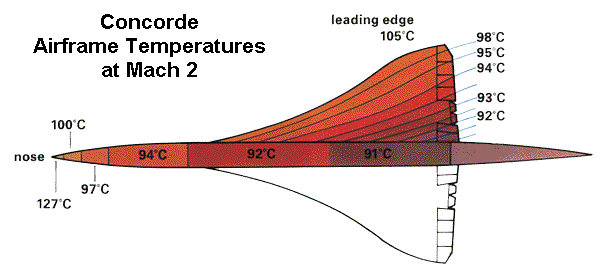A recent discussion with @Ravioli, brought up an interesting topic about cooling rate and airframe ice accumulation.
I was schooled on the fact that the airframe itself, has to be cooled below freezing in order for icing to occur. So this brings up a good discussion question for the rest of the group.
Let’s say for example you’re preflighting the airplane and the ambient temperature is currently 20deg (F) and no wind. You anticipate to fly through visible moisture shortly after takeoff in the form of clouds and icing conditions have been forecasted. The airplane you’re flying has been sitting in a heated hangar overnight at 70deg (F). You finish the preflight, pull the airplane out, perform the run-up and are airborne in less than 10 minutes. At what point will the temperature of the airframe cool below freezing to the point where ice accumulation would be probable? I assume there must be a formula for this somewhere.
What theories do we have floating around out there?
I was schooled on the fact that the airframe itself, has to be cooled below freezing in order for icing to occur. So this brings up a good discussion question for the rest of the group.
Let’s say for example you’re preflighting the airplane and the ambient temperature is currently 20deg (F) and no wind. You anticipate to fly through visible moisture shortly after takeoff in the form of clouds and icing conditions have been forecasted. The airplane you’re flying has been sitting in a heated hangar overnight at 70deg (F). You finish the preflight, pull the airplane out, perform the run-up and are airborne in less than 10 minutes. At what point will the temperature of the airframe cool below freezing to the point where ice accumulation would be probable? I assume there must be a formula for this somewhere.
What theories do we have floating around out there?


